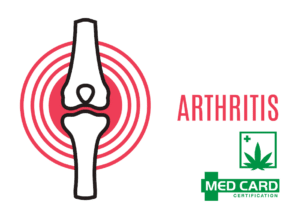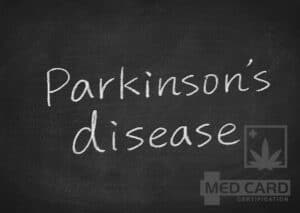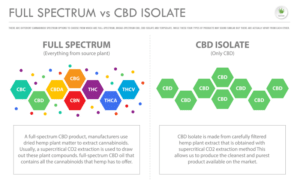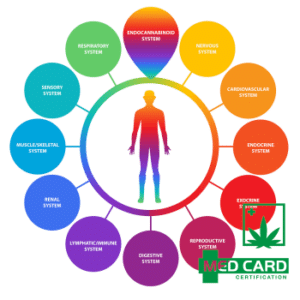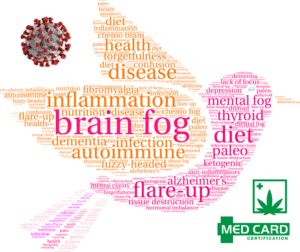The human endocannabinoid system
How Does the Endocannabinoid System (ECS) Work?
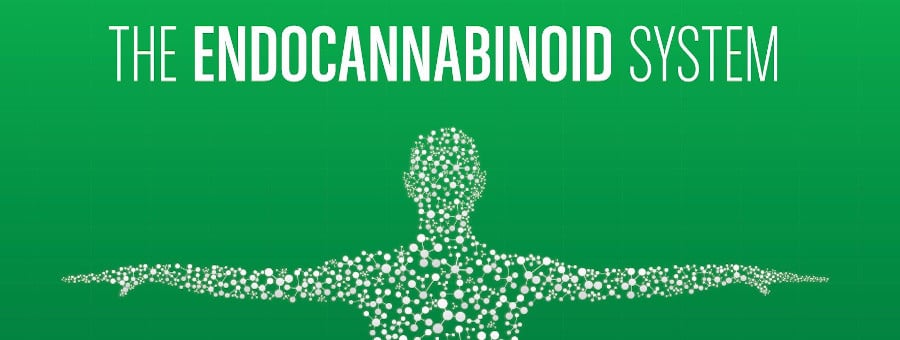
Who am I? What am I doing here? I’m a writer with expertise in CBD and I’m here to answer the question, “what is the endocannabinoid system and how does it work.” In this post, I’ll go over the difference between endocannabinoids and phytocannabinoids, how they interact with the human body, and the physical effects they produce. Let’s have a look.
You’ve probably heard of cannabis. You might have heard of compounds in cannabis called cannabinoids. And there’s less a slight chance you’ve heard of the human endocannabinoid system. That’s a mouthful, so we’ll just refer to this system the same way researchers do — as the ECS. Let’s go over each of these topics and then tie them all together.
What is cannabis?
As most of you know, cannabis is a species of plant. Cannabis comes in a number of varieties. Varieties are generally classified by the active compounds that they produce.
Cultivars of cannabis used in medical and recreational products are generally referred to as marijuana. Depending on the compounds produced and the amount consumed, marijuana induces various levels of intoxication.
Cultivars that are used for fiber and food are generally referred to as hemp. These strains do not produce intoxicating compounds such as those we’re going to go over next.
In recent years, strains of marijuana have been bred that are non-intoxicating and are also now considered to be hemp.
Most people are familiar with cannabis’ distinctive and iconic fan leaves. However, it’s not the leaves of the plant that have value. While industrial hemp is grown for its strong fibers used in textiles and construction materials as well as its protein-rich seeds, marijuana is grown primarily for its resinous and aromatic flower clusters — aka, buds. It’s in the resins of the flowers that we find a family of compounds known as cannabinoids.
What are cannabinoids?
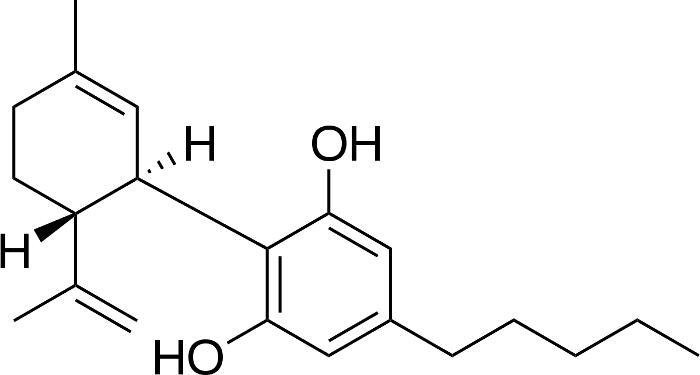
The word cannabinoid essentially means cannabis compound. Although cannabis produces a variety of active compounds, the ones we’re concerned with here are cannabinoids.
Since the middle of the last century when cannabinoids were discovered, more than 100 varieties have been identified. The two most common cannabinoids are delta-9 tetrahydrocannabinol, or THC, and cannabidiol, or CBD.
THC is the cannabinoid that is produced in marijuana that is responsible for the “high” resulting from smoking, vaping, or cooking marijuana and its extracts. THC is technically federally illegal, however many states have decriminalized and legalized marijuana to some extent.
CBD, on the other hand, is non-intoxicating. Since the 2018 federal farm bill was signed legalizing the cultivation of hemp, CBD derived from hemp is no longer a Schedule I controlled substance and can be purchased legally in almost all US states. (Hemp and CBD laws vary from state to state. You can learn more about individual state hemp and CBD laws here.
There are also scores of additional minor cannabinoids that are produced in trace amounts. Each cannabinoid produces its own set of effects on the human body.
A vast selection of products containing cannabinoids is available. Dried flowers and extracts can be smoked and vaporized. There are oral delivery methods such as tinctures, capsules, and lozenges. There are edibles such as candy and baked goods, plus beverages of all kinds, topicals, and many more.
What is the ECS?
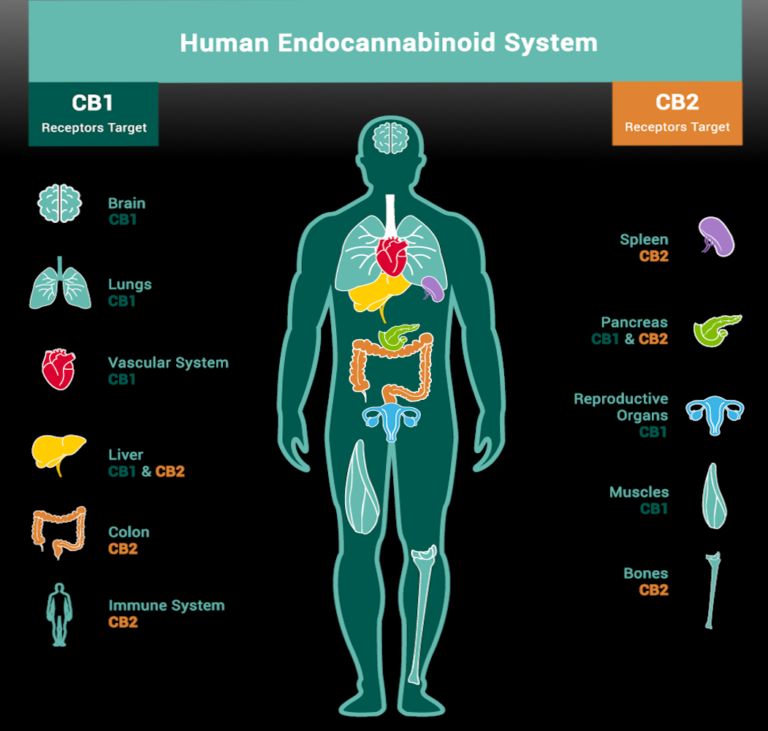
Technically, the cannabinoid compounds that are produced in cannabis are referred to as phytocannabinoids, meaning cannabinoids that are produced in plants. The human body also produces its own natural cannabinoids. Cannabinoids produced by the body are known as endogenous cannabinoids or endocannabinoids — hence the name human endocannabinoids system or ECS.
Endocannabinoids are produced by the brain and central nervous system in response to various states of health and fitness. Their job is to promote a constant state of homeostasis, or balance health.
There are also microscopic receptors on the surface of cells throughout the human body with which cannabinoids interact. These receptors are known appropriately as endocannabinoid receptors. Together, endocannabinoids and endocannabinoid receptors make up the ECS.
So, what exactly is the purpose of the ECS?
How does the ECS work?
As we said, endocannabinoids are produced by the brain in response to various physical states. They enter the bloodstream and are carried throughout the body where they make their way to cannabinoid receptors.
Each individual type of cannabinoid molecule sends a different message or set of instructions to particular cell types. For this reason, cannabinoids are sometimes referred to as signaling molecules. They are also sometimes referred to as neurotransmitters. That simply means that they transmit messages from neurons (brain cells) to cells throughout the body.
Endocannabinoids have a wide variety of functions. Depending on the physical state of the body, the brain produces particular combinations of endocannabinoids that regulate systems such as appetite, sleep cycles, pain response, immune response, and much, much more.
For example, when we’re in danger, the brain produces neurotransmitters that put us on edge and prepare us to fight or flee. When the danger passes, the brain produces a different set of messaging molecules that calms us back down. When we need nourishment the body produces cannabinoids that make us feel hungry. When we need rest, the body produces cannabinoids that make us drowsy. And so on.
It’s actually an extremely complex system that researchers have only yet begun to unravel. The addition of phytocannabinoids from plants into our diets complicates matters even further.
What are the effects of phytocannabinoids?
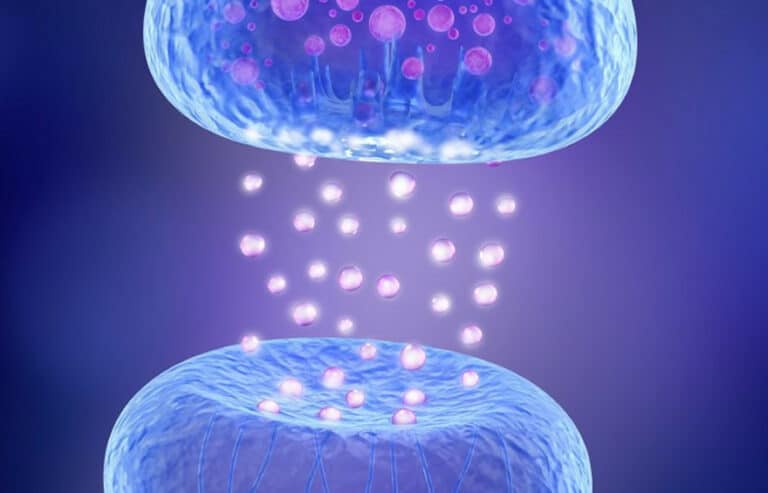
For example, an endocannabinoid known as anandamide has the ability to regulate the production and uptake of a hormone called serotonin. Serotonin levels are closely tied to moods and stress responses. We often find serotonin levels to be low in patients suffering from anxiety and depression. Clinical studies have shown that CBD produces effects similar to anandamide. And this is just one of the innumerable examples.
Here are some of the myriad of effects produced by CBD, THC, and other cannabinoids via the ECS:
- Pain relief
- Anxiety reduction
- Stress reaction
- Antidepressant
- Balances sleep cycles
- Relieves nausea
- Regulates autoimmune response
- Reduces seizures
- Reduces tremors
- Helps to reduce cravings/addictions
- Aids in digestion
- Relaxes muscles
- Protects brain and nerve cells
Cannabinoids also produce effects via systems other than the ECS such as being an antioxidant and antibiotic. Also, be aware that cannabinoids can have unwanted side effects for some users.
The ECS is responsible for such a wide array of physical effects that many decades of research will be required to unpack and understand how this complex system responds to the cannabinoids we get from cannabis.







